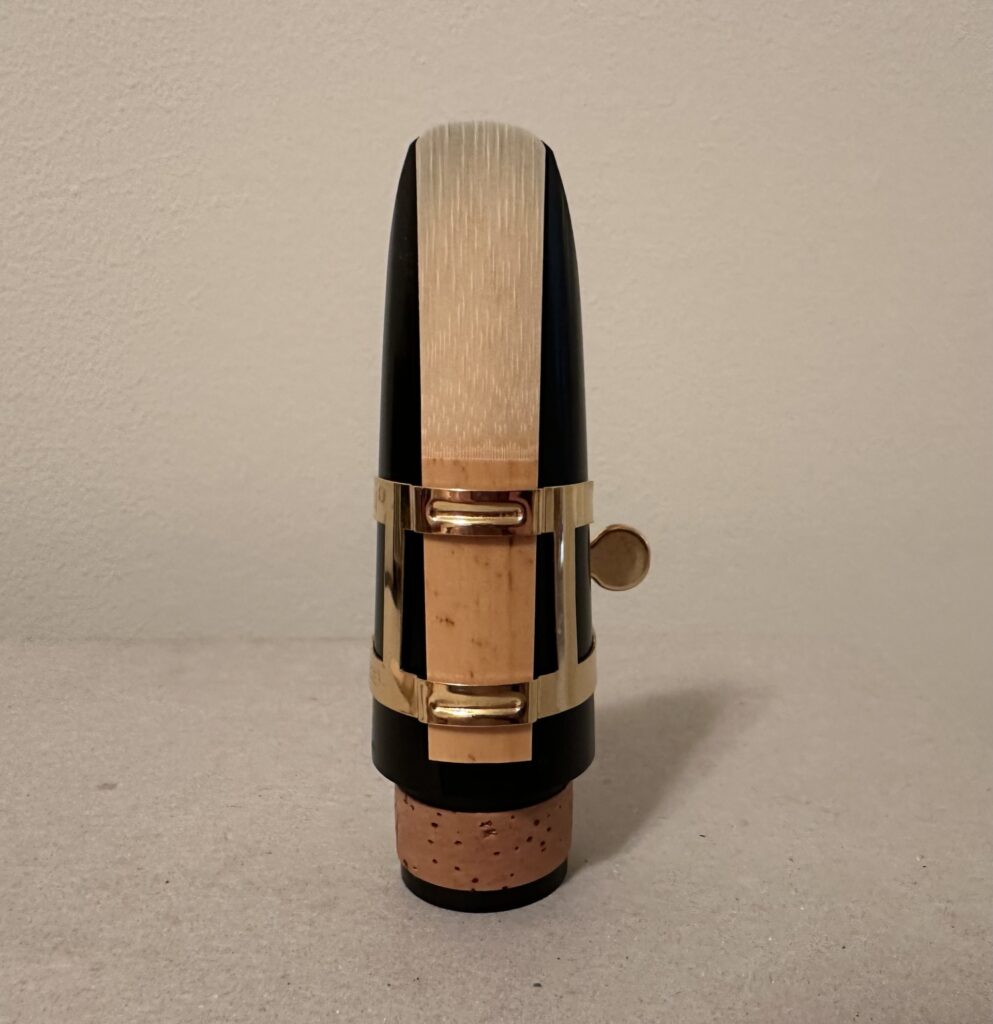Clarinet embouchure: How much mouthpiece should you take in?
Believe it or not, how much mouthpiece you take in when playing clarinet can make a big difference in your sound!
Whether you’re new to the clarinet or have been playing for years, it’s never a bad idea to examine (or re-examine) your embouchure to make sure you’re producing a top-quality sound. One aspect of this is how much of the mouthpiece is in your mouth when this plays.
Why does this matter?
If you take in less mouthpiece, this only allows a small portion of the reed to vibrate. This means your sound will most likely be thin and brittle.
Conversely, if you take in too much mouthpiece, the sound can be spread and difficult to control – or it just squeaks!
So, how much mouthpiece should you take in when playing clarinet?
Generally speaking, about 1/3 of the mouthpiece, or where the reed and mouthpiece come together. (To see this, turn the mouthpiece to the side, where you see the side of the reed and mouthpiece. See the tip opening between the two? Now, go down to where the reed and mouthpiece meet – this is more or less how much mouthpiece you should be taking in. This allows the maximum amount of reed to vibrate, creating a rich, full sound.
Here’s a test to find out what sounds best for you!
Choose a note to sustain. Begin by playing with a minimal amount of mouthpiece in your mouth. This should sound very thin. As you sustain the note, gradually slide more mouthpiece into your mouth. You will hear the sound go from weak to fuller and richer, before ultimately squeaking when you take in too much mouthpiece. Repeat this as needed (on several notes, if you wish) to find the “sweet spot” which produces the best sound and response. This is how much mouthpiece you should be playing with!
I hope this helps! Happy practicing!

2 Comments
Bess
Mitchell Lurie’s words to me at every lesson were: Take more mouthpiece. It is the key to the rich sound I have enjoyed for the past 50 years!
jennyclarinet
Very good advice!